The appearance of unpleasant stains on clothing and household items can spoil the mood for a long time and deprive peace of mind. Rust can occur anywhere and be imprinted on all objects that come in contact with its place of origin. In order not to get confused in such a situation, learn the most effective methods of dealing with stains.
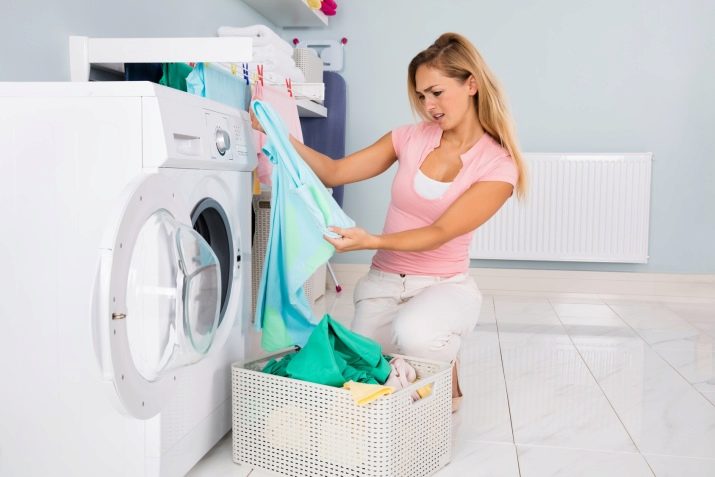
Causes of corrosion
The destruction of the metal occurs due to the contact of the surface with air. The material is oxidized and the destruction mechanism is triggered. Visually, it looks like a dark orange powder. Particularly active destruction occurs upon contact with an aqueous medium and with increased humidity.
In everyday life, corrosion is often found in the bathroom and in the kitchen.
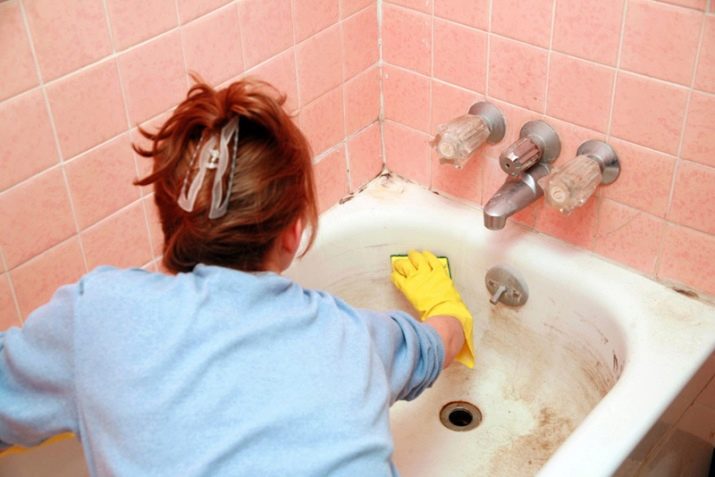
What launders?
To wash rust from various surfaces, you can use folk remedies or special chemical compounds. Popular methods include the following:
- Potato. This product contains oxalic acid, it is able to remove rust from metal. Sprinkle potatoes with salt and attach to the affected area.
- Lemon juice with vinegar. Mix the components in equal amounts and apply to the metal for 2 hours. 20 minutes are enough to clean other materials.
- Baking soda. Dilute soda with plain water until gruel. Apply the resulting mass to the metal for a quarter of an hour and rinse with a metal brush. Repeat as many times as necessary.
- "Coca Cola". Phosphoric acid in its composition is able to rid you of rust. Dampen the sponge with a drink and wash the affected area.
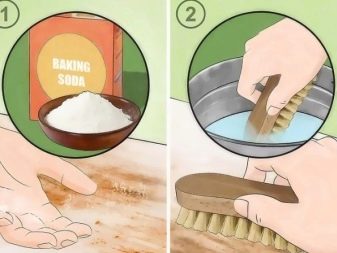
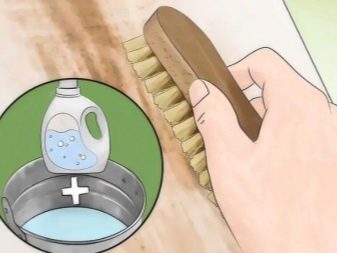
Professional rust control methods are as follows:
- Lactic acid. Mix 50 g of the substance with 100 ml of petroleum jelly.After dissolving the corrosion, wipe the affected area with a cloth previously moistened with oil.
- Zinc Chloride Mix 5 g of the substance with 0.5 g of potassium hydrotartrate. The resulting mixture is diluted with 100 ml of water. Put the solution in the right place and enjoy the result.
How to remove stains?
Rust on things and household items upsets many housewives. To remove, wash the surface with the correct substance. Carefully approach the choice of detergent, so as not to harm the material, not to spoil. Learn the possible ways.
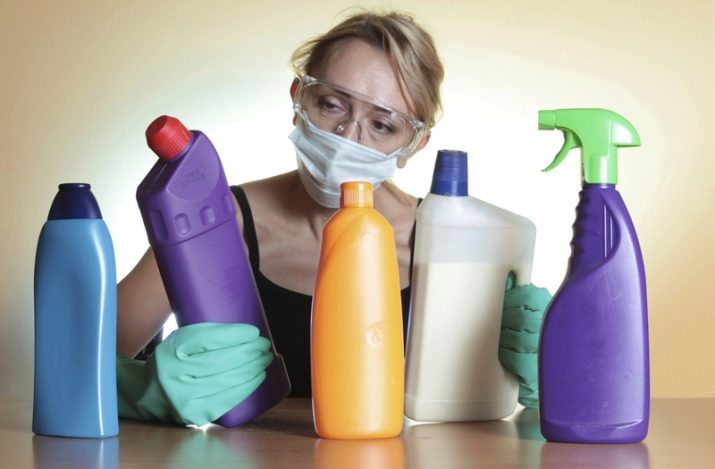
clothing
To remove stains from textiles and clothing, you can use various substances:
- Soap with glycerin. Grated laundry soap must be mixed with glycerin until smooth. Put mixture on the damaged place, leave for 24 hours. Wash clothes in soapy water. This method is relevant for colored things.
- Vinegar. You will need to mix a teaspoon of acetic acid with a glass of water. Preheat the solution, but do not boil. In a warm solution, add a pinch of soda and a little ammonia. Dip the stain into the mixture and rinse without soaking. Repeat the short procedure until the stain has completely dissolved.
- Chlorine The substance will help to remove the stain from the white shirt. Following the instructions, soak the item in bleach. Then just wash the white clothes in the usual way. It is important not to use bleach when washing colored items.
- Toothpaste. Apply the product on the brush and rub the stain moistened with water. Leave the paste on the affected area for 10 minutes and rinse thoroughly with water.
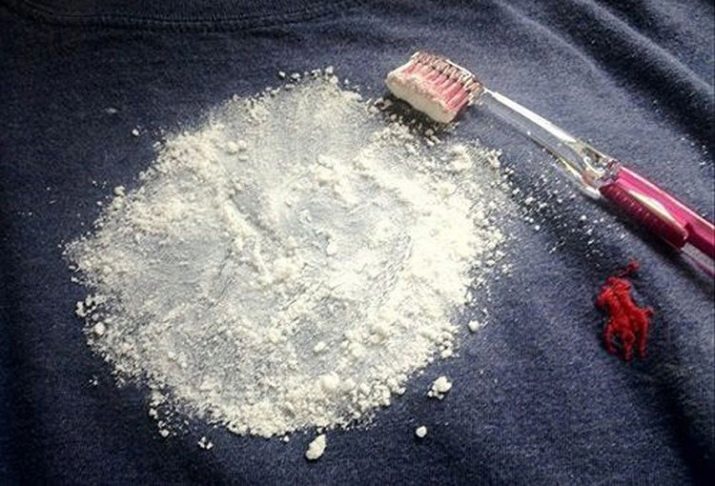
Plastic
Many owners of plastic window sills and a decor element made of this material know that it is quite difficult to wash stains from rust. Professionals recommend using such tools to quickly wash the surface:
- 646th solvent.
- Cleaning products from shops for motorists.
- Special cleaners such as "Clarus" or Cosmofen.
- Laundry soap.
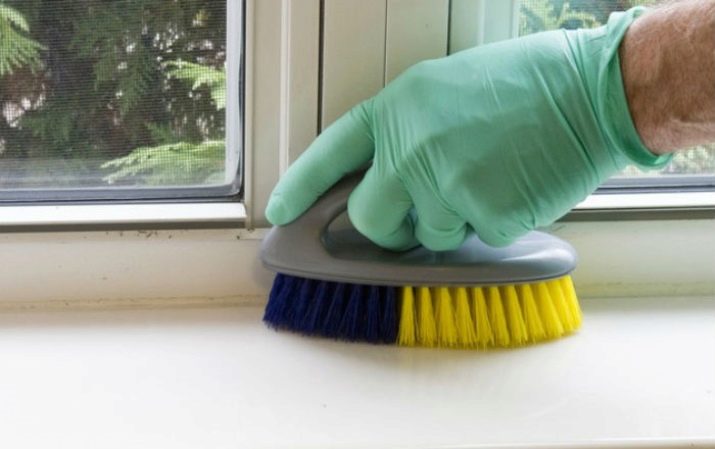
After using chemical cleaners, thoroughly rinse the affected area with plenty of running water. This precaution will help you not to risk yourself and your loved ones. Chemicals can trigger eating disorders or allergic reactions. When washing plastic, use only soft sponges and rags.
Faience and ceramics
To clean the sink, tile or toilet, you can use professional tools. Abrasive powders will come to your aid. With their help, you can wipe off any stain. It is necessary to use such funds carefully - microcracks remain after application. Next time, corrosion will go deeper and deeper.
If stains are superficial, use alkaline cleaners such as "Domestos". Apply the product on the affected area and leave for 20 minutes. Rinse off the cleaner with plenty of water.
With deep damage, the product may be useless.

Tiles can be washed at home without using chemicals. To do this, use natural alkalis and acids. Remember that when using any aggressive means you should wear rubber gloves. The cleaning methods are as follows:
- Oxalic acid. Pour acid on a rag, wipe the affected area and leave for 10 minutes.
- Electrolyte for car batteries. Apply to the affected area and leave for 10-15 minutes. After you see the result, rinse with plenty of water. When working, be sure to remember safety precautions. Do not neglect workwear that is not corroded by electrolytes. Do not use when cleaning plastic.
- Chlorine and white. Fill the affected area and leave overnight. This can only be done if there is a good extract in the room. In the morning, rub the contaminated area and rinse off the product.
- Peroxide with ammonia. The components must be mixed in a ratio of 1: 5 and applied to contaminated areas.It is necessary to wait 30 minutes, rub the affected area and rinse with plenty of water.
- Lemon acid. If the spots are fresh, small and did not have time to eat, then the tool will help you. Put the product on a rag, wipe the affected area and leave the "lemon" for 1-2 hours. Sometimes it is enough to wipe the stain with a slice of fresh lemon.
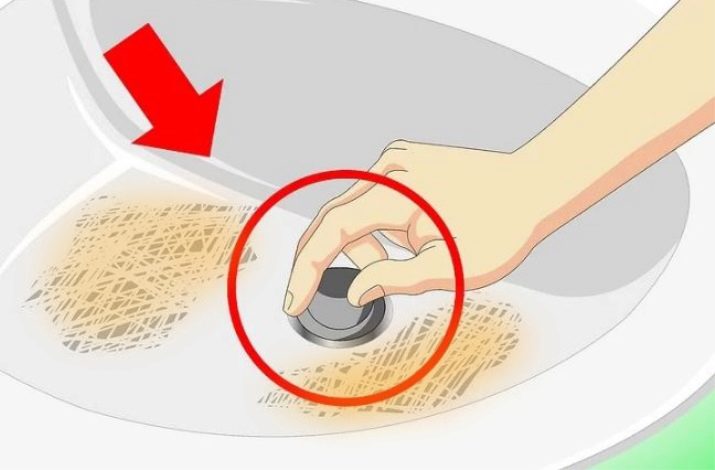
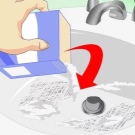
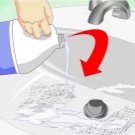
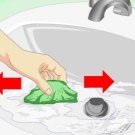

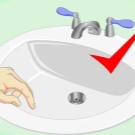
Metal
In our life, metal corrosion lurks at every step. Water pipes can leak, on an old refrigerator or on a car you can find an unpleasant surprise, even a cast-iron cauldron or a home hookah can upset their owners. Sulfur and hydrochloric acids will help to wash the oxide. They are aggressive solvents of many substances. To clean the rust, add substances (inhibitors) to the acids, which will stop the reaction in time, otherwise the acid itself can corrode the metal itself.
To clean the metal at home, use the following tools:
- Lactic acid.
- Zinc Chloride
- Oleic acid.
- Kerosene.
- Turpentine.
- Lemon juice, acetic acid, baking soda and salt.
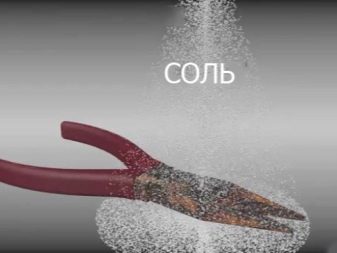

Ceiling
Rusty spots often appear on the ceiling after the flood. This problem is especially relevant for residents of old houses. To eliminate the defect will have to make a lot of effort:
- First you need to wipe the damaged area with a damp cloth or sponge. Using a spatula, remove the plaster layer and treat the ceiling with rough sandpaper. Allow time to dry completely.
- To neutralize corrosion, treat the affected area with vitriol primer, it is also called a grass. You can prepare the solution yourself. You only need water, copper sulfate, drying oil, bone glue and a simple laundry soap.
- Such a primer can be dispensed with if the damage to the ceiling is not significant. Then just dissolve the vitriol in room temperature water. Add crystals to obtain a bright blue color. With this composition, treat the affected area.
- Repeat the treatment 3-4 times with an interval of 2 hours. After the procedure, the stain will turn green.
- Prime the surface with acrylic.
- Cover the stain with a special putty that will repel water. Allow about 24 hours to dry.
- Once again, primer the affected area with an acrylic primer and paint with enamel. Experts recommend the use of nitro enamel.
- Now you can carry out decorative finishing work and not be afraid that the spots appear again.
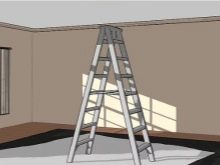
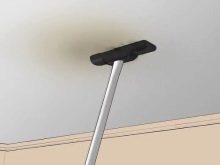
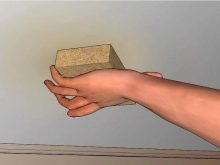
Tips
Follow the general rules for a successful fight against rust stains at home:
- Purification is always associated with the use of acids. Do not neglect rubber gloves to protect your skin.
- During cleaning, there should be no pets or children in the room. Ventilate the room well before letting in households.
- Before removing corrosion, clean the surface of dust and other contaminants. Rinse the affected area with water and wipe thoroughly.
- The combination of alkaline products with chlorine will give your plumbing perfect whiteness.
The most popular ways to get rid of rust can be found in the next video.










